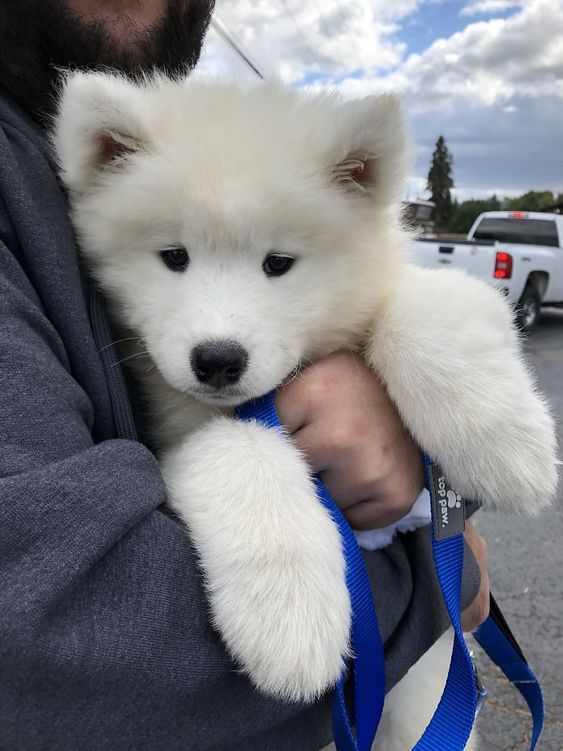What’s a doodle dog, anyway – some abstract scribble sprung to furry life? Not quite, though their silly naming does come from appearances resembling children’s line drawings. Specifically, “doodle” describes any poodle hybrid crossbreed like labradoodles, maltipoos or the wildly popular goldendoodles. Blending poodles with other pedigree favorites aims mostly to eliminate shedding while retaining other desired characteristics from both lineages. But outcomes still vary widely.
Why Crossbreed Poodles?
Poodles stand out as the breed of choice for doodle designers because their tight curly coats best mimic non-shedding human hair. But poodles offer more than just hypoallergenic fur, also boasting keen intelligence, unwavering loyalty, trainability and athleticism any breed would love inheriting. By combining these poodle advantages with qualities from other breeds liked temperament, size or hunting ability, doodle breeders strive for the best of both worlds.
Common “Doodle Dog” Breeds
While doodle possibilities seem endless, certain combos dominate demand due to winning personalities or convenience as low-dander family pets. Trending doodle breeds include:
- Goldendoodles – Golden Retriever x Poodle
- Labradoodles – Labrador Retriever x Poodle
- Cockapoos – Cocker Spaniel x Poodle
- Maltipoos – Maltese x Poodle
- Yorkiepoos – Yorkshire Terrier x Poodle
Aussiedoodles, Saint Berdoodles, sheepdog crosses and more also grace the hybrid landscape.
The Drawbacks of Doodle Dogs
Are doodles the ultimate breed? Not quite. Cons associated with poodle crosses include:
- No guarantee of non-shedding coats
- Higher pricing from designer breed demand
- Unknown traits until maturity
- Health issues from two lineages
Additionally, their surge in popularity fuels irresponsible commercial breeding and puppy mills more than actual reputable doodle producers. Ethical sourcing is paramount.
Finding Responsible Doodle Breeders
With mixed breeding a newer niche lacking kennel club recognition, locating responsible doodle producers boils down to patience and pointed questions:
- Multiple generations raised onsite?
- Both parental pedigrees proven clear of inheritable disease?
- Stock dogs fully health tested beyond basic vet checks?
- Temperament priority outweighing color, size or shedding?
- Life span estimates based on past litters?
Vet recommendations, breeder communities and connecting with owners of their puppies ensures transparency.
The Appeal of Doodles
At their best, doodle dogs merge the sophisticated intelligence of poodles with approachable personalities from beloved family-oriented breeds, in cute packages shedding significantly less fur. But even “low mowing” doodles require regular trims. Their exact looks and temperament remain charming surprises – for better or worse. Commit fully to training, enriching and providing healthcare for your hybrid bundle of joy.
Frequently Asked Questions
How do you groom doodle dogs properly?
Most doodles need professional grooming every 6-8 weeks to prevent severe matting from their thick curly coats plus regular brushing, bathing, nail/ear care at home in-between. Learning proper technique is key.
What health issues are common in doodles?
Hip and elbow dysplasia, progressive retinal atrophy, bloat and skin problems plague doodles much like their full-breed parental lineages. Discuss genetic testing plus symptoms requiring vet attention. Beware any breeder not openly addressing these risks.
Can doodles successfully work as service dogs?
Absolutely! Doodles often excel at learning assistance skills given their poodle intelligence and family-dog temperaments. Their therapy dog prospects look equally strong. Train towards an individual doodle’s strengths for public access success.
The verdict is out whether doodles’ popularity stands the test of time, but their lovable shaggy mugs seem here to stay as compatible family pets!


